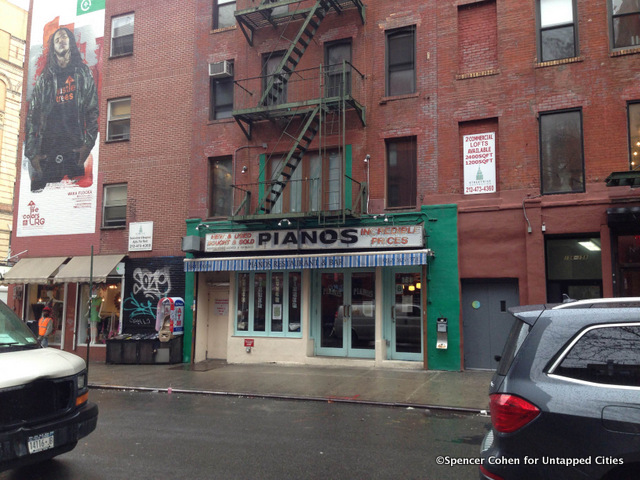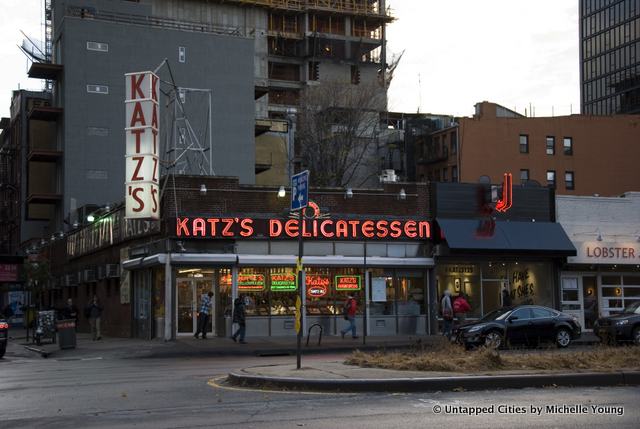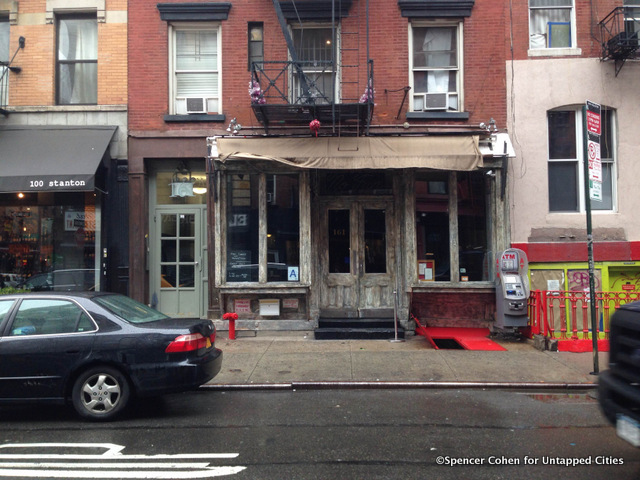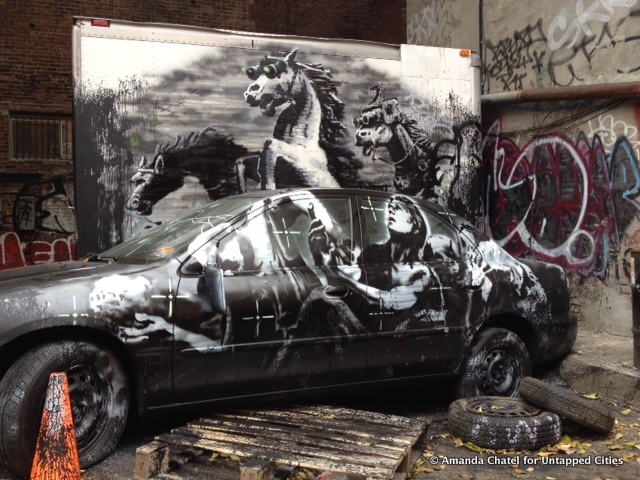 Pianos, an indie music venue on Ludlow Street
Pianos, an indie music venue on Ludlow Street
The Lower East Side has historically been home to a large immigrant population specifically those of Eastern European Jews. In the 1960s and 1970s the neighborhood saw a shift–the shape of the neighborhood began to develop a sprawling indie music scene. Central to this neighborhood was that of Ludlow Street. From Pianos to Cake Shop, the street has played host to a vast array of defining music venues with such acts as the Velvet Underground gaining its foot hold on the New York scene in the area.
Historically, Ludlow Street was included among the De Lancy Estate–a large property that occupied much of the Lower East Side. Following the Revolutionary War, the property was confiscated from William Howe Delancy, a loyalist. As the immigrant population began to increase in NYC, Ludlow Street was a central part of the main German neighborhood, entitled Kleindeutschland. It was also home to a large population of eastern European Jews.

The historical entrance to Katz Delicatessen was on Ludlow Street. The Houston Street entrance was a later addition
As the neighborhood began to transform, members of the psychedelic and punk scene began to flock to Ludlow Street. Tony Conrad, apart of the psychedelic movement in the 60s, was pivotal in the street’s transformation. He lived on 56 Ludlow, where, with him, the Velvet Underground recorded several songs. Much of Warhol’s crowd was also present on the street. Eventually the street became home to the No Wave movement, a multimedia movement–utilizing film, music, and visual arts–that was created following the mainstream popularity and signing of artists of the New Wave.
 A storefront on Ludlow Street
A storefront on Ludlow Street
As with most other streets in NYC, the name Ludlow was chosen posthumously after a war hero. Ludlow Street was name for Lieutenant August Ludlow, a commander on board the Chesapeake during the War of 1812.

Today Ludlow Street has a thriving music scene and was at one point even home to a Banksy. The work, his largest in NYC, is a painted car and truck with a horse on its hind legs with humans below. Ludlow Street is also home to the famed Katz Delicatessen. Now a major tourist attraction, Katz’s, a kosher deli founded in 1888, is a sign of the street and neighborhood’s historical identity as an historical home of an European, specially jewish, population. Katz also expanded to include a gallery next door with deli-themed art.
Make sure to check out other history of streets, such as Grove Street or Steinway Street. We have also written on the gritty history of the Lower East Side in our article Tattoo History on the Lower East Side. Also be sure to check out the our peek inside the abandoned Amato Opera House on the Bowery.
Get in touch with the author @spencercnyc





